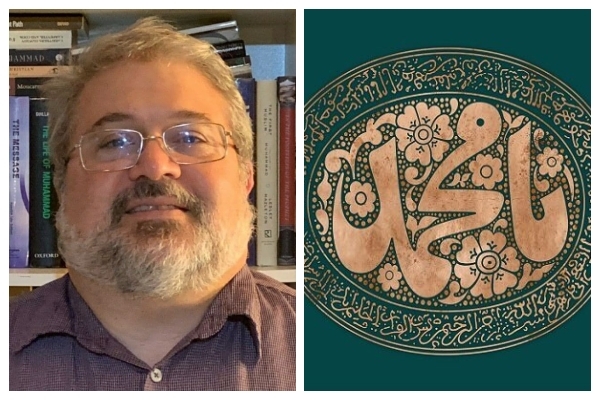Western Academic Scholars’ Approaches to Holy Prophet’s Seerah

Farhad Qoddusi, a research member of Wayne State University in Michigan, explained about those approaches in an address to a webinar titled “Discussions on Biography and Seerah of the Prophet of Islam (PBUH)”, organized by the MIT Shia Muslim Association (ZEKR).
Here are excerpts from his remarks in the third session of the webinar:
Fred Donner named these approaches “Descriptive”, “Source-Critical”, “Critical-Tradition” and “Skeptical”.
The approaches have been developed over time and continue to coexist with one another. In reality, most researchers incorporate aspects from all four approaches in their own approach. The discussion surrounding these approaches is often centered around Irving M. Zeitlin's study, "The Historical Muhammad," which is based on Fred Donner's approach. However, it's important to note that these viewpoints do not necessarily reflect Donner's or Zeitlin's personal beliefs.
The Descriptive approach was the first approach taken by Western academic scholars to the early history of Islam. It was a general acceptance of the picture drawn by Islamic sources of the history of the appearance of Islam and the life of the Prophet of Islam. This was a decisive development in taking a historical approach instead of the controversial anti-Islamic approach dominated by Western sources about Islam from the middle centuries to the 18th century, which neglected Muslims’ sources.
When Western scholars started to make their research more objective, they came up with three theories about Muslim sources. First, that the text of the Quran is a valuable source of the life and teachings of the Holy Prophet (PBUH). Second, that many news or reports about the Islamic roots in Muslim history are reliable to recreate “what had really happened”, and third, that many of the Hadiths attributed to the Holy Prophet (PBUH) are religious literature different from news and therefore, not directly related to the recreation of the history of the early period of Islam. Most of the books in European languages about the life history of the Prophet of Islam have been written with this approach.
However, according to Fred Donner, it was revealed in the late 19th and early 20th centuries that the text of news and Islamic history include contradictions among different sources, differences in dates, and political and racial stances. This led to a second approach which Fred Donner calls “Source-Critical”.
The first and basic theory of this “school” was that the available historical sources included very precise and noble historical information, but mixed with unreliable data, probably since the beginning of their compilation.
Hence, the aim was to distinguish among the reliable, less reliable, and unreliable historical sources.
The second theory was that non-Muslim references (particularly Christian sources in Syriac and Greek) provide an independent source of data which can be compared with some particular narrations in Muslim sources to determine whether they are authentic.
The third and fourth theories of the school were that information other than Hadith is less important because of the non-historical and religious issues they discussed. Famous scholars such as Julius Wellhausen started to distinguish between authentic and non-authentic sources and tried to define some criteria for this purpose.
Despite the Source-Critical approach being a development, it was most useful in cases that it can be certainly supposed that the texts had been conveyed in written form.
But the research showed that when the Islamic sources were written for the first time, meaning that in the first and second centuries (A.H.), the data was usually conveyed verbally or written in very few cases. Therefore, a new method appeared that Donner calls Critical-Tradition. An approach that started in 1890 with the publication of Ignaz Goldziher’s important study about Hadith.
He convincingly showed that most Hadiths cannot be attributed to the Holy Prophet (PBUH). Despite every Hadith having a reference or a chain of narrators, who were apparently those through whom the saying of the Prophet had been conveyed to the next generations of Hadith compilers. According to Goldziher, the Hadiths mostly reflected the beliefs and desires of the later periods. What made his findings more interesting was that he had analyzed the Hadiths categorized as “authentic” and had concluded that they are either fake or edited. As a result of Goldziher’s studies, some Western academic scholars questioned the entire collection of Hadiths along with their related references. Although Goldziher personally doubted the narration of Hadiths, he remained positive about the authenticity of the tradition of Islamic historiography.
However, after Goldziher, some scholars referred to the point that referencing exists not only in Hadiths but in many historical narrations. If it can be proved that some of the Hadiths are not said by the Holy Prophet (PBUH), despite the apparent true chains of narrators, how can one be sure that historical narrations are not fake or edited?
Among the studies by Western scholars, those conducted by Henri Lammens and Joseph Schacht resulted in more doubts in the sources of the Prophet’s history of life and finally the appearance of the Skeptic approach.



